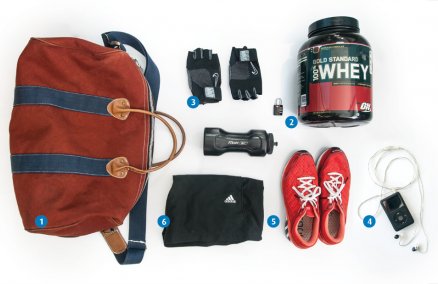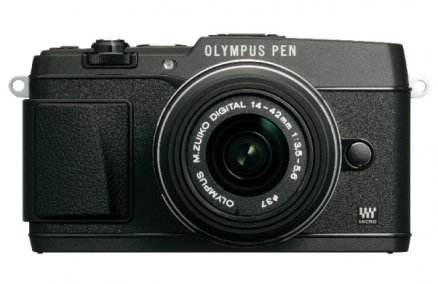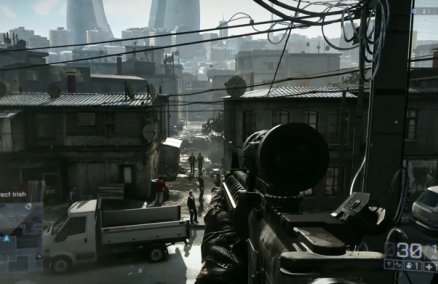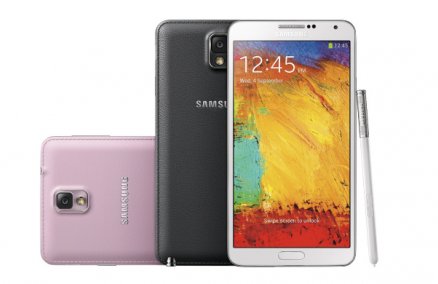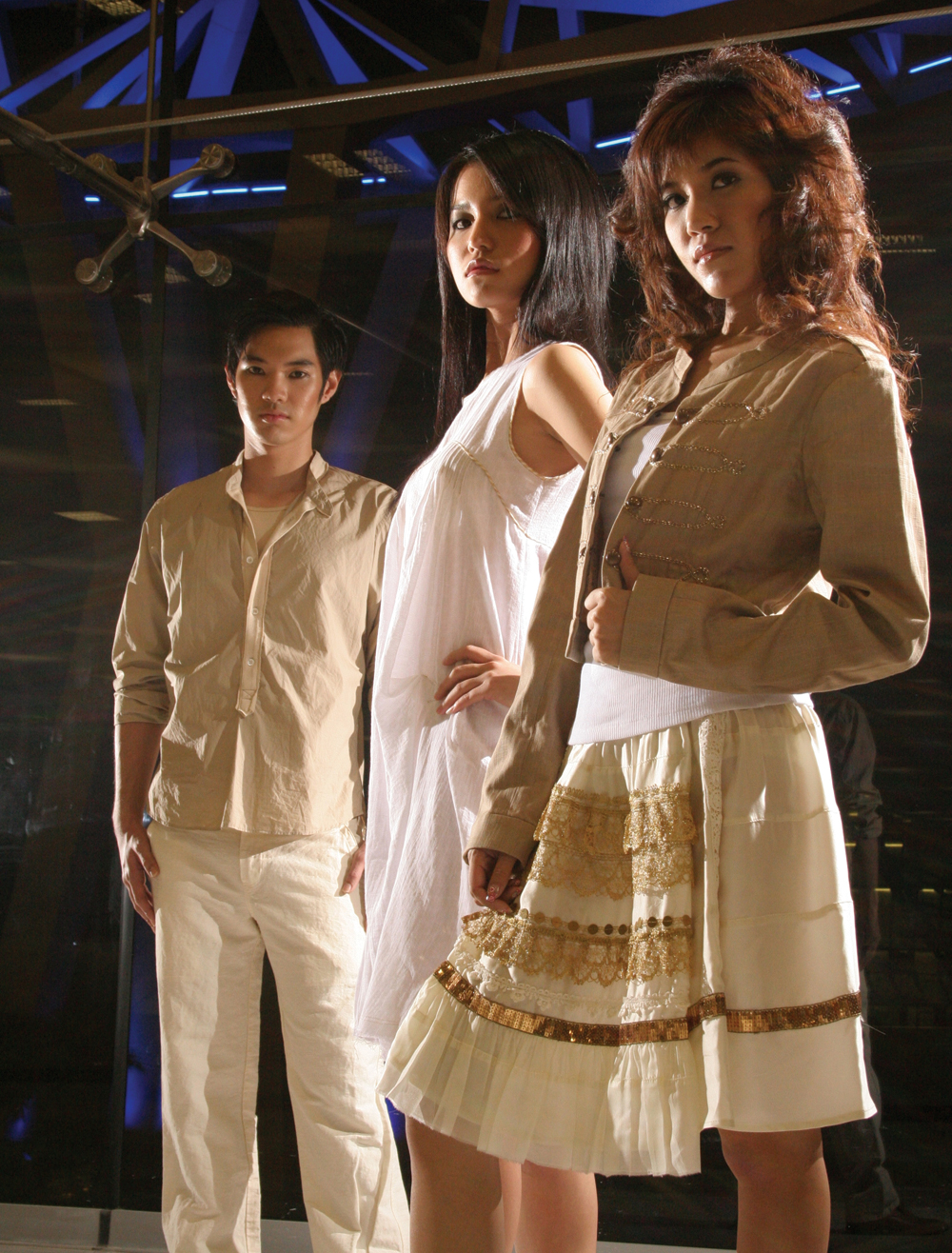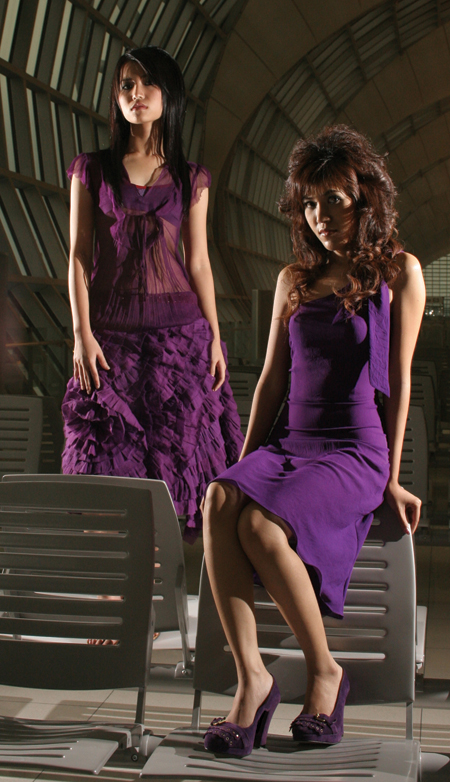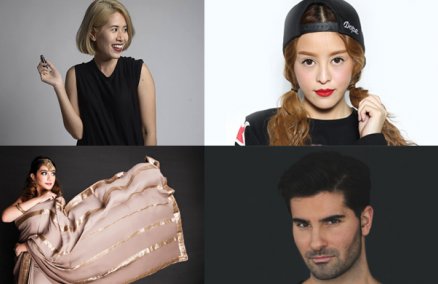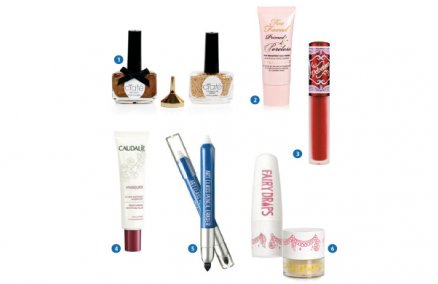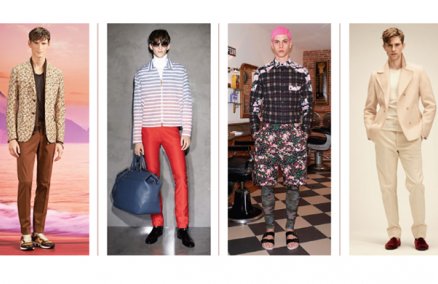Everything today bills itself as “modern” or contemporary. Could you define what “modern” means in the context of this exhibit?
It’s the usual thing. Boys from good families go abroad to study and come back with a taste for what’s fashionable at the time. In this case, it was modernism. Bangkok in the 60s, 70s and 80s had a lot of buildings in the modernist idiom. The primary colors, exposed concrete, structural debates were all there. But the issues were peculiarly Thai. Which is why we call the architecture of the period “modern Thai”, and not “Thai modern”. You can see this clearly in the show at TCDC.
Compared to other regional capitals, how rich is Bangkok in modern buildings and exactly how many are featured in the exhibit?
Bangkok’s very rich, I think. Ironically, we have the economic policies of the late dictator Field Marshal Sarit to thank for this architectural legacy. The 60s were a period of business growth and industrialization, leading to new city lifestyles, new tycoons eager to show off their corporate success, and new architects and engineers with modernist dreams. A panel of senior architects from the Association of Siamese Architects Under Royal Patronage helped us select 11 buildings for the show.
Furniture from that era has been selling like hot cakes in Bangkok. Why is it so hot?
Well, history shows us that design goes round and round in circles. Semantics aside, the past is always “out”, but retro is always “in”. We live in a world which assaults us with conflicting images, values and contexts. So we have to reinterpret the past, to make sense of the present.
What are some of the early modern buildings in Bangkok that face destruction? Is this exhibit also a call to conservation?
Building 9 of the Panabhandhu School on Ladphrao Road, a classic of Ongard Satrabhandhu’s, has already been torn down in fact. It’s one of my favorites, and a clear homage to Le Corbusier. Khun Pongkwan Sukwattana Lassus, has been campaigning for the preservation ofmodern Thai architecture for some time now. And perhaps the city is ready to hear her call.
Do you think Bangkok is a beautiful city?
Bangkok is pretty ugly I think. But that is precisely our charm. We don’t pretend to be anything other than our own chaotic self. So we manage to transcend ugliness, because we’re genuine. But, given the reality of global warming and shrinking energy resources, I think we need to pay attention to the fact that we live in the tropics. The modern Thai architects in the show were much more progressive in this sense. They studied seasonal wind flows and sun patterns, so they could orient the buildings for maximum comfort and minimum energy wastage. I hope people will at least get this point from the show.
Advertisement





















 Behind a bar counter
Behind a bar counter
 Car
Car University classroom
University classroom Department store
Department store Kitchen
Kitchen Library
Library Back of a motorcycle
Back of a motorcycle Staircase at Paragon
Staircase at Paragon Locker room
Locker room Rooftop
Rooftop Public bathroom
Public bathroom

